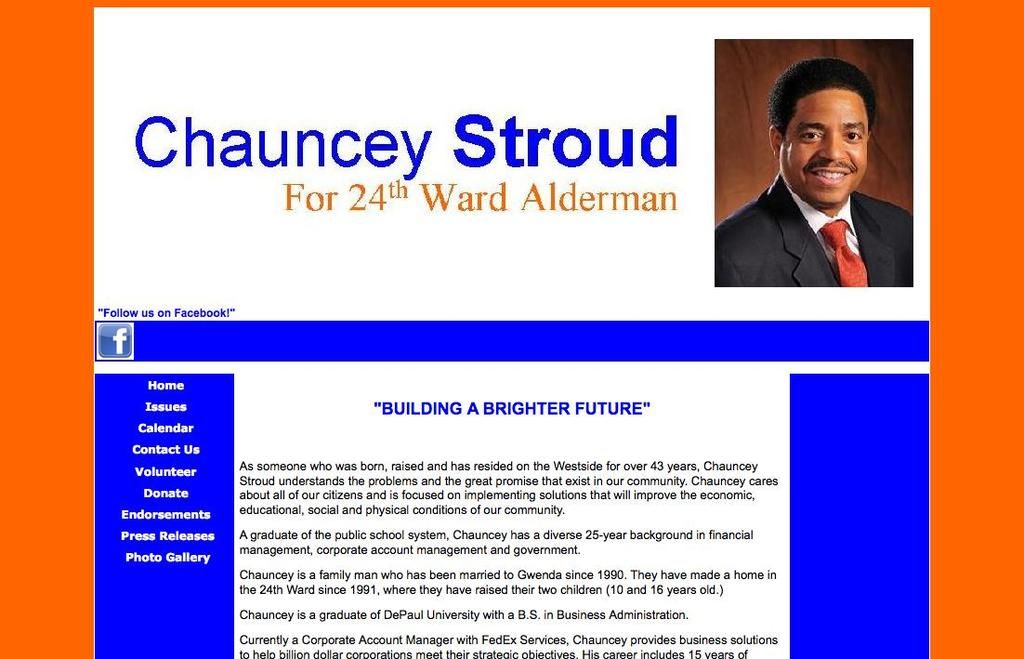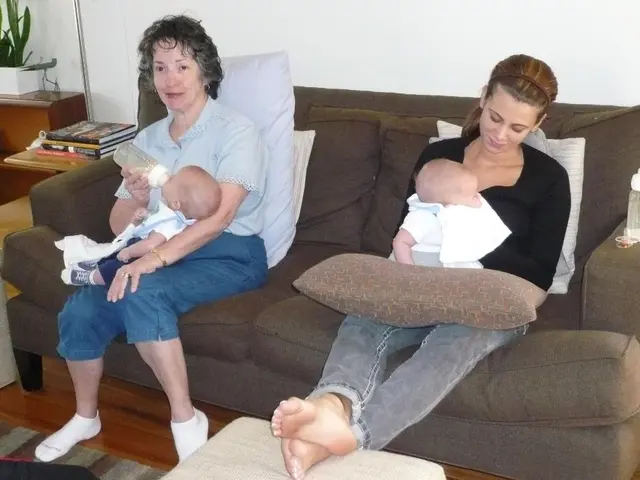Communication Breakdown in Disagreements: Strategies for Mending Relations Post-Argument
Communicating effectively with a partner who avoids conflict isn't always a walk in the park. Misunderstandings and unresolved arguments can leave both parties feeling frustrated, distanced, or rejected. But understanding avoidant communication can provide valuable insights into navigating conflicts with empathy and effectiveness.
Avoidant communication in conflicts doesn't necessarily mean they don't care about each other or the relationship. It's more like their protective mechanism, rooted in attachment styles and fear of vulnerability. Their responses may appear dismissive, defensive, or emotionally unavailable, but the reality is far more intricate.
To build a bridge of understanding and emotional safety, we'll discuss:
- What avoidant partners need to hear.
- Common myths about the avoidant communication style.
- The difference between arguing and communicating emotions constructively.
- Strategies for create positive change in your relationship.
Want to learn more about avoidant attachment style and its impact on your personal life? Check out my blog post: Navigating Dismissive Avoidant Attachment
Understanding Avoidant Communication in Conflict
Before jumping into solutions, it's crucial to understand how avoidant partners communicate during conflicts. Their responses may hide deeper fears and vulnerabilities under the surface. While they may seem distant or uncaring, they prioritize emotional self-protection.
Here are a few examples:
- When they say, "I prefer to go with the flow," the subtext might mean: "Labels create expectations, and expectations pressure us. I'm shielding myself from disappointment."
- When they give the silent treatment or ignore messages, it can convey: "I'm overwhelmed or criticized, and I need space without confrontation."
These behaviors are rooted in attachment triggers and a fear of vulnerability. Avoidant communication in conflicts doesn't mean they reject you or the relationship; it's a strategy to control emotional exposure and maintain a sense of autonomy.
Decoding Their Responses: A Safe Space for Engagement
Decoding every thought is impractical, and avoidance isn't about walking on eggshells either. Understand their protective strategies and create a safe space for emotional engagement without judgment. This helps you move from misinterpretation to understanding and emotional safety.
The Daily Impact of Avoidant Communication
Accusations of disinterest or disengagement might seem like the norm, but avoidant partners use deactivating strategies to shield themselves from emotional overwhelm. These strategies are deeply ingrained coping mechanisms that maintain emotional distance during vulnerable moments.
For instance, a trigger such as "I'm falling in love with you" might lead to a deactivating response like "You'll be disappointed." Followed by reduced communication or emotional withdrawal. The intent is to defend against fears of failing to meet expectations or emotional vulnerability.
The Cycle of Disconnection
When these patterns persist, they create a negative cycle:
- Avoidant behaviors lead to feelings of abandonment and frustration in their partners.
- The partner's emotional response triggers avoidant individuals, causing further emotional withdrawal.
- Both partners feel increasingly misunderstood and disconnected.
This cycle leaves needs unmet, fostering cynicism and fragile boundaries in the relationship. Without intervention, the relationship stagnates, with each partner trapped in their emotional struggles.
Familiar with this pattern? To learn more about avoidant communication patterns and healing, check out my video: "Healing 3 Conflict Styles in Anxious-Avoidant Relationships."
Strategies for Repairing Conflicts with an Avoidant Partner
1. Pause Before Reacting
Take a moment to recognize and manage your emotional triggers before reacting. This prevents conflicts from escalating further and keeps them grounded and composed.
2. Focus on Appreciation and Autonomy
Instead of using "I feel" statements that can trigger their defenses, focus on appreciation, autonomy, and inviting collaboration. This approach communicates gratitude, acknowledges their positive actions, and maintains control in their hands.
3. Empathize with Triggers
Empathize with their attachment triggers and offer gentle reassurance of support without causing emotional overwhelm. Give them space to process emotions without triggering further withdrawal.
4. Avoid Common Argument Traps
Stay focused on calm, straightforward communication that's clear and actionable. Simple discussions are easier for them to navigate, reducing the intensity and duration of conflicts.
5. Build Trust Through Actions
Consistency and follow-through are critical for avoidant partners. Demonstrate commitment and reliability through actions, gradually strengthening trust in your relationship.
Want more tips on communicating with avoidant partners? Watch my video "Navigating Conflicts with Avoidant Partners: Effective Communication Strategies".
Build Strong Connections with The Courageous Communicator Program
Feeling stuck in a cycle of frustration, confusion, or disconnection? Discover The Courageous Communicator, a highly effective 90-day online program designed for individuals and couples seeking to navigate the complexities of avoidant communication styles.
This program offers:
- Attachment-Based Conflict Resolution
- Learn to recognize triggers in real-time and find ways to diffuse anxieties.
- Soft Communication Strategies
- Master tailored approaches that help avoidant partners feel heard, respected, and appreciated.
- Somatic and Art Therapy Techniques
- Develop emotional resilience through guided meditations, visualizations, and creative exercises that help release tension and strengthen connection.
- Accelerated Intimacy Scripts
- Gain access to proven phrases and scripts that turn cold silences into meaningful conversations.
- A Comprehensive Support System
- Join a community of like-minded individuals, receive live workshops, and enjoy personalized feedback.
Take that first step toward transforming your relationship and click the link to learn more about The Courageous Communicator
- Avoidant partners in conflict often hide deeper fears and vulnerabilities, prioritizing emotional self-protection over direct communication.
- Statements like "I prefer to go with the flow" from avoidant partners might mean they are shielding themselves from disappointment and pressure caused by labels and expectations.
- When avoidant partners give the silent treatment or ignore messages, it may indicate they are overwhelmed or criticized, seeking space without confrontation.
- These behaviors are rooted in attachment triggers and a fear of vulnerability, not rejection or disregard for the relationship.
- Understanding their protective strategies and creating a safe space for emotional engagement without judgment can help move from misinterpretation to understanding and emotional safety.
- Decoding every thought is impractical, but understanding the patterns of avoidant communication can lead to better emotional safety and connection.
- Avoidant partners use deactivating strategies, such as reduced communication or emotional withdrawal, to shield themselves from emotional overwhelm.
- A negative cycle occurs when avoidant behaviors lead to feelings of abandonment and frustration in their partners, resulting in emotional withdrawal and further disconnection.
- To repair conflicts with an avoidant partner, pause before reacting, focus on appreciation and autonomy, empathize with triggers, avoid common argument traps, and build trust through actions.
- The Courageous Communicator Program offers attachment-based conflict resolution, soft communication strategies, somatic and art therapy techniques, accelerated intimacy scripts, a comprehensive support system, and more, designed to help navigate avoidant communication styles and strengthen connections.








